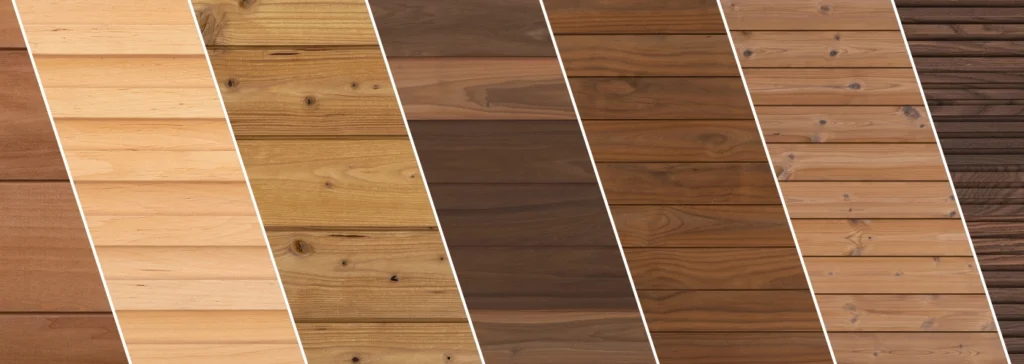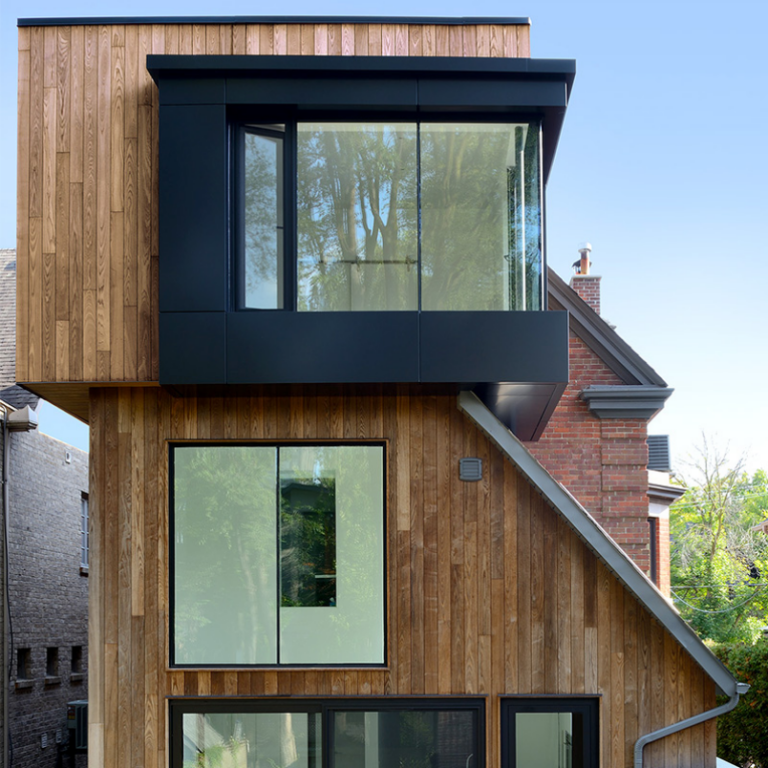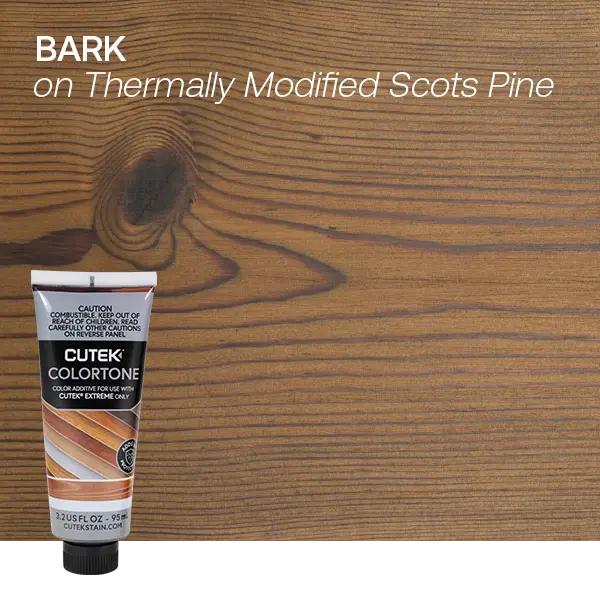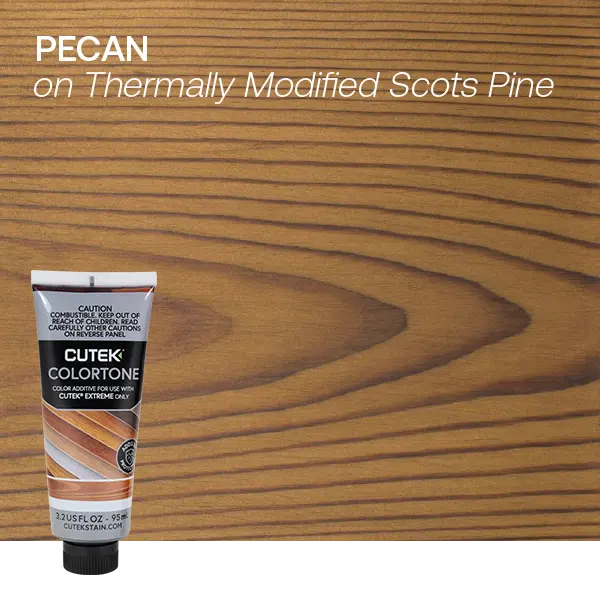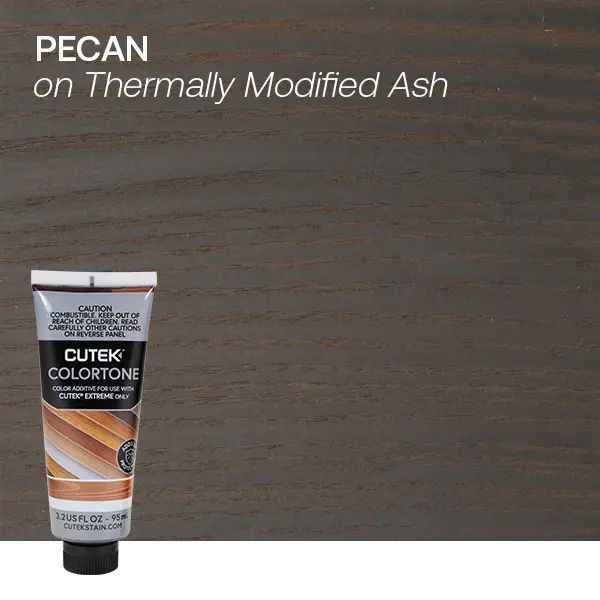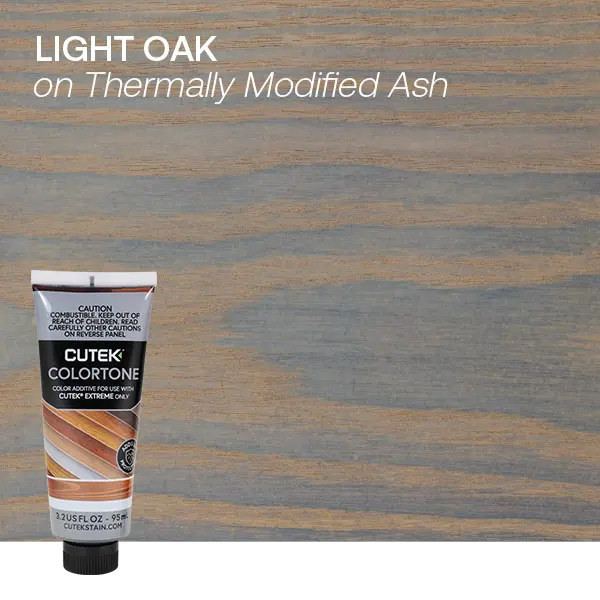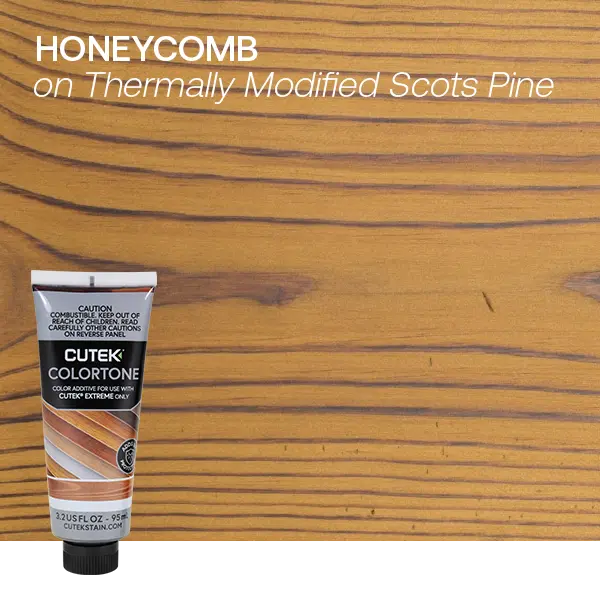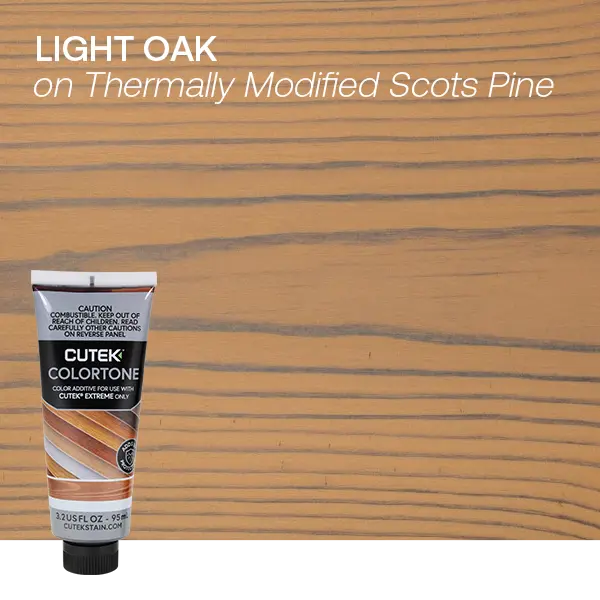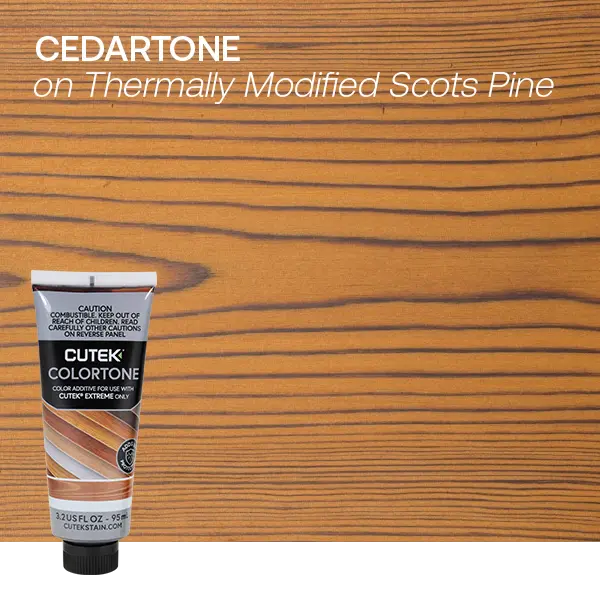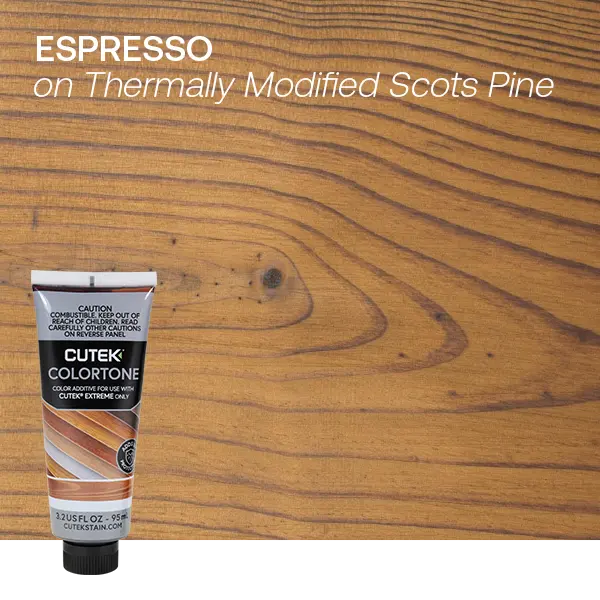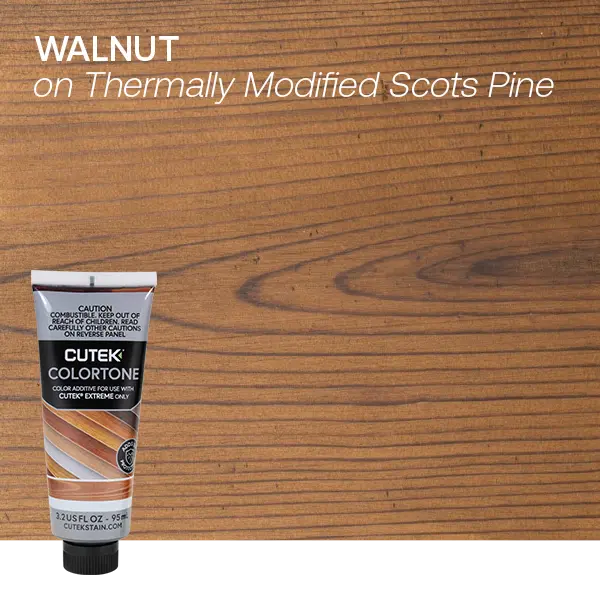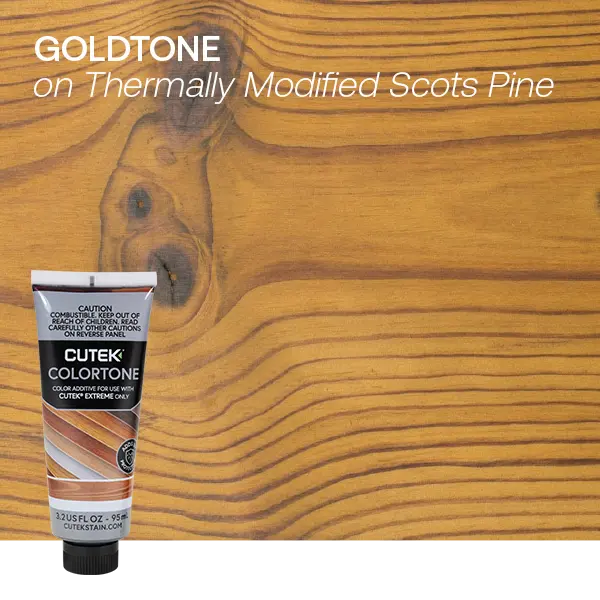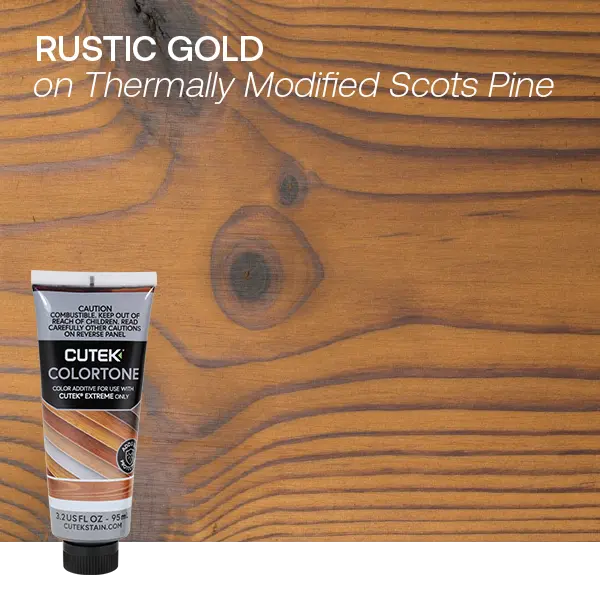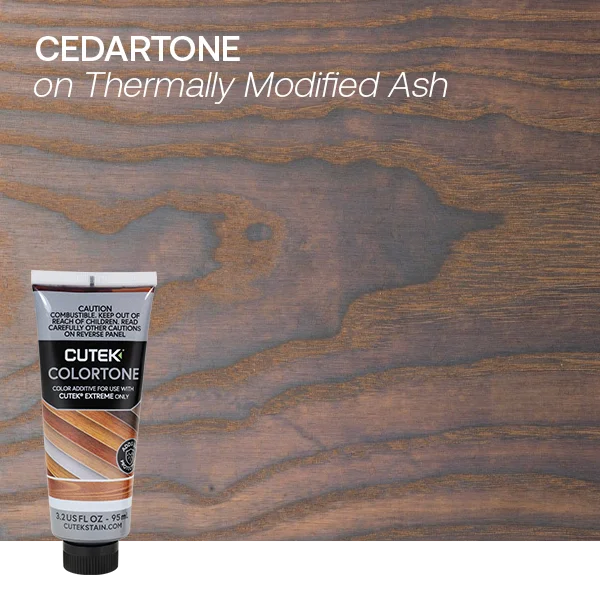Design and architecture trends will always come and go, but there are a few tried-and-true, ancient principles that continue to inspire designers to create something memorable.
So how does biophilic design do that? Humans have an inherent connection to the natural environments that support life.
Biophilic design seeks to deliberately integrate nature with man-made structures. Nature – light, sound, wind, water, plants, topography, etc. – has played a critical role in human evolution.

How To Merge Design And Biophilic Principles.
Biophilic design isn’t a certification or an aesthetic. It’s an approach to building and design to create structures that are in harmony with the natural world – the final step in truly sustainable design. There are six primary biophilic design principles (Kellert, et. al 2008) :
Environmental features
Using characteristics of the natural world in your built environment. These can include color (i.e. earth tones), water features, sunlight, and actual vegetation in your design.
Natural shapes and forms
Representing and using shapes found in the natural world, such as botanical motifs, columns, ovals, arches, shells and spirals, animal motifs, and biomimicry (the imitation of living things). Right angles and straight lines are the direct opposite of this and are rarely found in nature.
Natural patterns and processes
Incorporating natural properties (as opposed to representations) into your design. This complex, nuanced principle focuses on varying the sensory experience with transitions and complementary contrasts with things such as central focal points, patterned wholes, and clear boundaries.
Light and space
Light makes life possible. This principle focuses on the use of light within a space, such as natural light, diffused light, shadow, spaciousness, spatial harmony, and inside/outside space.
Place-based relationships
The marriage of culture and ecology is rooted in the human need to establish territory. This principle includes aspects of unique connections to place, indigenous materials, landscape orientation and ecology, and avoiding the monotony of “placelessness.”
Evolved human-nature relationships
This principle focuses on the inherent relationship between humans and nature. These environmental values include aspects that foster self-esteem, aesthetic attraction to nature, exploration, and discovery, fear and awe, and spirituality.





Improving Health And Well-being.
It’s no coincidence that biophilic design principles have been proven to offer tangible improvements in human health and well-being. As previously mentioned, up until very recently in the course of humanity, nature has been the predominant force in evolution. Our inherent affiliation to the natural world is built into our DNA and our health and wellness are contingent on regular contact with nature. Studies continue to show that the principles behind biophilic design offer abundant benefits to society including:
- Enhanced healing and recovery
- Fewer health problems
- Improved productivity
- Lower stress
- Better concentration and memory
- Healthy childhood maturation
- Stronger sense of community
In the 1980s, RS Ulrich (Ulrich, 1984) analyzed the medical records of surgical patients in a Pennsylvania hospital and discovered a correlation between hospitalization time, the use of painkillers, and whether or not patients could see out of a window. Ulrich found that hospitalization times are reduced by 8% when patients can see natural greenery from their beds.
In 1995, Marcus and Barnes (University of California at Berkley & Barnes, 1995) completed a study that showed that a whopping 95% of patients exposed to nature experienced lower stress levels and better-coping abilities. Similar studies (Totafori, 2018) have shown that having live plants in hospital rooms, natural patterns, and shapes, and increased natural light all lead to less pain and lower use of painkillers in hospitalized patients.
Outside of hospital settings, a two-year study (Gray, 2018) on the use of biophilic design elements, such as natural light, live plants, open space, windows, and ventilation in an office environment showed similar results – a more high-performing team, increased reported happiness, and an overall rise in productivity.

Using Real Wood In Biophilic Design.
Health benefits
The surfaces that surround us can also influence our moods, mental health, and energy levels. Just like being around the color blue can bring you peace, red can get you excited, and yellow can inspire creativity, the materials used in the structures that surround you can have a similar effect. This is why biophilic design principles encourage the use of natural materials over man-made materials.
The choice to use real wood in either interior or exterior design and build is an ideal way to begin incorporating biophilic design principles into your work or home. In 2005, a Japanese research team studied the impact of wood wall panels compared to steel wall panels and discovered both psychological and physiological benefits (Sakuragawa et al., 2005). Participants who were exposed to the wood panels were more likely to have decreased blood pressure, lower heart rates, and decreased instances of depression and stress.
Other studies have indicated that exposure to wood and natural materials elicits feelings of warmth, relaxation, and engagement (Kozak et al., 2006). Overall, the message is clear: people who spend time in environments built from natural materials, especially those that seek to bridge the gap between the natural world and the built world, feel better than those who don’t.
Environmental benefits
In addition to the psychological benefits of wood, there’s more to consider. Wood is a renewable resource – it takes no fossil fuels to create, and it’s an organic material that can be cleanly disposed of at the end of its life. Wood is the only truly natural, renewable building material.
We know that wood as a renewable resource is a more sustainable long and short-term material choice. Because of its low embodied energy and life cycle assessment (LCA), wood is contributing to a healthier environment.
Embodied energy is the combination of all the energy it takes to produce material for consumption. While plastics typically have a very high embodied energy, wood is comparably among the lowest when it comes to building materials. This means that over its lifetime, the growth, harvesting, and manufacturing of timber has a lower environmental impact than other materials.
To put this all in perspective: to produce 1kg of timber, a tree will consume nearly 1.5kg of CO2 (and store it indefinitely) and return about 1kg of oxygen into the atmosphere (Planet Ark, 2018). Because wood is a renewable resource, safe and responsible forestry practices don’t interrupt this global benefit. (Please note – not all wood is the product of responsible forestry.) Combined, these traits of wood as a building material have a significant positive impact on climate change and air quality.
Scientists and the UN (United Nations, 2019) alike, agree that climate change will be the defining issue of our time. Every single industry, corporation, business, organization, and human will be impacted by the effects of climate change.
The modernized world is not solely responsible for the problems of climate change, but a shift in focus within the building industry can make its mark. By prioritizing natural, earth-friendly practices and integrated, harmonious designs, we can take steps toward a cleaner, brighter future for everyone.
Construction benefits
While the benefits of biophilic design and the use of real wood span physical and mental health, combating climate change, improving air quality, and improving workplaces, let’s not forget some of the core reasons that wood has been a popular building material for centuries.
Many species of real wood are naturally durable and can offer decades (or more!) of rot resistance and dimensional stability. Additionally, several options of wood are easy to work with, are practical and cost-effective, take finishes well, and offer a great strength-to-weight ratio. Real wood is also incomparably beautiful when it comes to aesthetic. With colors that can range from nearly white to rich, deep reds and browns, no engineered material will ever truly mimic the stunning natural beauty of wood (though many will try!). Wood is also a natural insulator, absorbing and holding heat and cold, creating a more comfortable interior environment.
Thermory: An Ideal Biophilic Material.
Choosing a natural, sustainable material is a great first step toward integrating the principles of biophilic design into your next project.
Besides the aesthetic benefits, it’s been proven that biophilic design can actually improve people’s health, as well as the health of the environment.
While we’ve explained the benefits of incorporating natural materials into your next build, we’re also here to help you do that.
Thermory is 100% real wood, which means it’s a natural choice. It’s also modified using only heat and steam, which enhances the durability and stability without compromising its natural characteristics by adding harsh chemicals (In fact, untreated Thermory boards are so clean, they can be safely burned upon disposal).
We’re also committed to responsible forestry practices. Our boards come mainly from Scandinavia and Northern Europe; regions that have notoriously strict forestry regulations. We also ship by water, which is dramatically more fuel-efficient than by land or air.
Thermory is dedicated to the idea that our products should be used to enhance environments – from the one we all live in, to the one you might be sitting in right now.







References:
- Kellert, S. R., Heerwagen, J. H., & Mador, M. L. (n.d.). Biophilic Design: The Theory, Science, and Practice of Bringing Buildings to Life. https://www.researchgate.net/profile/Stephen_Kellert/publication/284608721_Dimensions_elements_and_attributes_of_biophilic_design/links/56619d7b08ae15e7462c5712/Dimensions-elements-and-attributes-of-biophilic-design.pdf
- Ulrich, R. S. (1984, April 27). View Through a Window May Influence Recovery from Surgery. Research Gate.
- University of California at Berkley & Barnes, M. (1995). GARDENS IN HEALTHCARE FACILITIES: USES, THERAPEUTIC BENEFITS, AND DESIGN RECOMMENDATIONS. The Center for Health Design, Inc.
- Totaforti, S. Applying the benefits of biophilic theory to hospital design. City Territ Archit 5, 1 (2018).
- Gray, T. (2018). Landscape Architecture: The Sense of Places, Models and Applications (A. Almusaed, Ed.). BoD – Books on Demand.
- Sakuragawa, Satoshi & Miyazaki, Yoshifumi & Kaneko, Tomoyuki & Makita, Teruo. (2005). Influence of wood wall panels on physiological and psychological responses. Journal of Wood Science.
- Kozak, R., Meitner, M., & Cohen, D. (2006, October). APPEARANCE WOOD PRODUCTS AND PSYCHOLOGICAL WELL-BEING. Wood and Fiber Science, (Number 4).
- Planet Ark. (2018). WOOD STORES CARBON. Make it Wood.
- United Nations. (2019). Global Issues. Climate Change.


